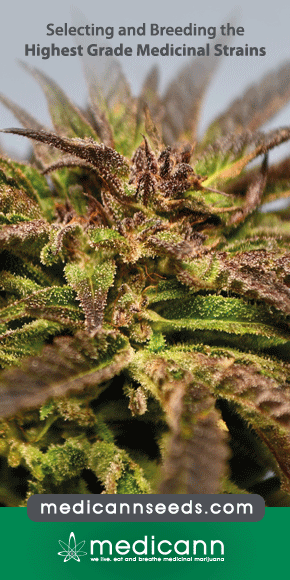The Antitumor Activity of Plant-Derived Non-Psychoactive Cannabinoids
As a therapeutic agent, most people are familiar with the palliative effects of the primary psychoactive constituent of Cannabis sativa (CS), Δ(9)-tetrahydrocannabinol (THC), a molecule active at both the cannabinoid 1 (CB1) and cannabinoid 2 (CB2) receptor subtypes. Through the activation primarily of CB1 receptors in the central nervous system, THC can reduce nausea, emesis and pain in cancer patients undergoing chemotherapy. During the last decade, however, several studies have now shown that CB1 and CB2 receptor agonists can act as direct anti-tumor agents in a variety of aggressive cancers.





